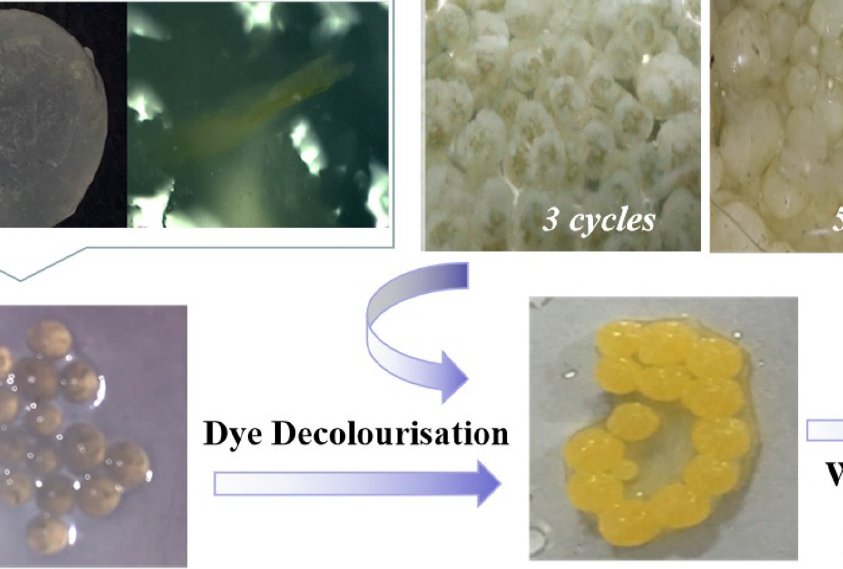The dye effluent is usually difficult to be degraded by conventional wastewater treatment in leather industry. In order to develop efficient and cost-effective treatment methods, we evaluate the effect of white-rot fungus immobilization for dye decolorisation in this paper. The Phanerochaete chrysosporium BKM-F-1767 was used for immobilization. This research found that the white-rot fungus immobilization had an obviously decolorisation effect in dye wastewater treatment, and plant carriers such as sorghum stalk and corn cob were helpful to the growth of Phanerochaete chrysosporium in white-rot fungus immobilization. Due to the stability and recyclability, the white-rot fungus co-immobilization was considered as the most suitable treatment for decolorisation of dye effluent which enjoyed the advantages of both adsorption immobilization and entrapment immobilization. Furthermore, the dye decolorisation evaluation was carried out to find the most suitable carrier for co-immobilization, and it found that sorghum stalk - calcium-alginate gel spherical particle (SS-CGPB) has better decolorisation effect than corn cobs - calcium-alginate gel spherical particle (CC-CGPB), and the dye decolorisation rate was 86.77%. After 5 cycles, the dye decolorisation rate was 85.87% which indicated the SS-CGPB preserved functional integrity successfully. By further analyzing the biodegradation process with white-rot fungus immobilization, the intermediate products were observed and the degradation pathway of acid golden yellow dye molecular was proposed. The results showed that the C-N single bonds attached to the central benzene in the dye molecule were attacked and destroyed in white-rot fungus co-immobilization treatment, thus the structure of dye molecule could be successfully degraded into small molecules which would be more easily treated by conventional treatment methods. Therefore, the white rot fungus co-immobilization might be appropriate for pre-treatment as an important biotechnology for the advanced treatment of dye effluent.

